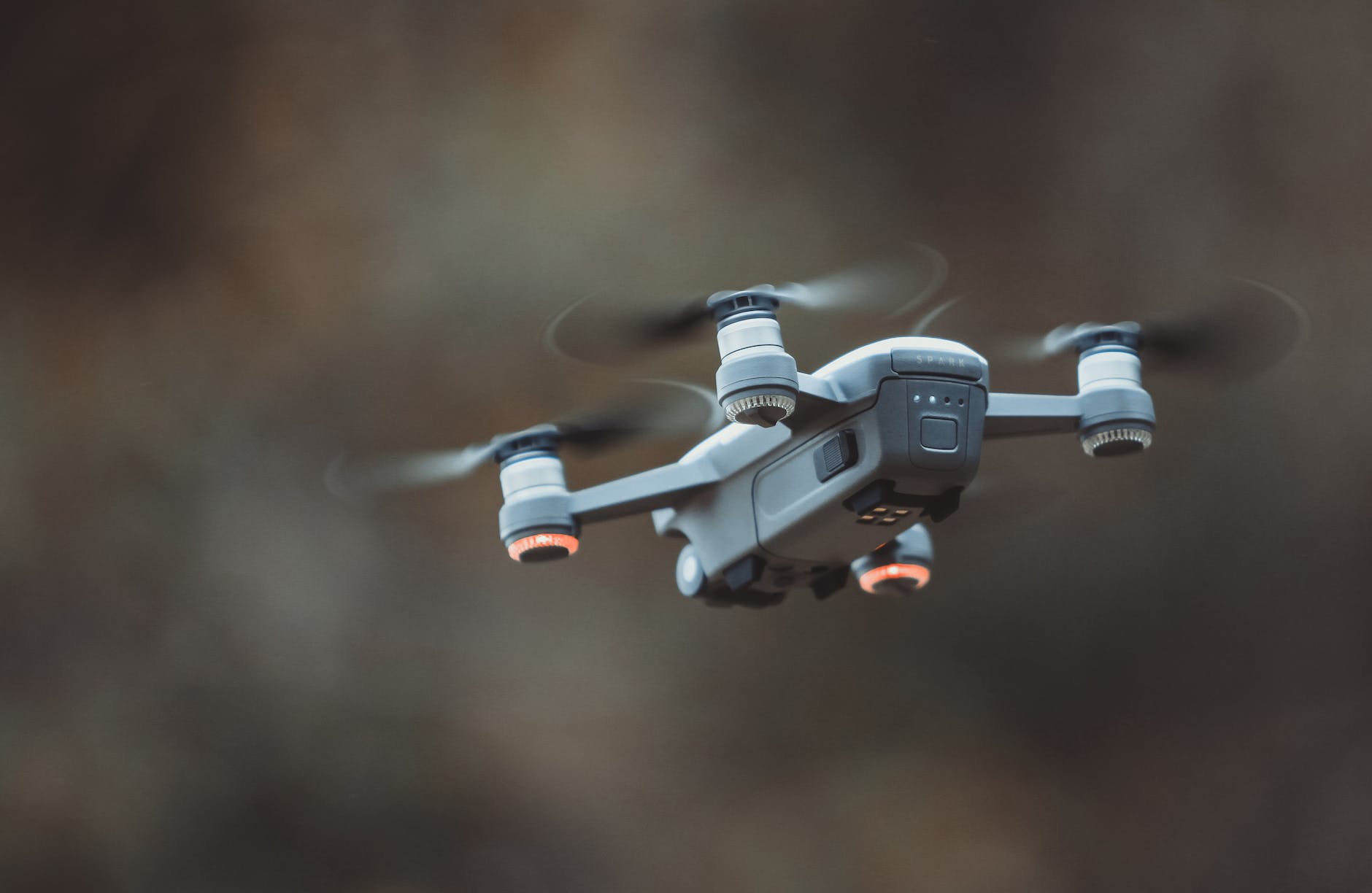
Future of Living: AI in Smart Homes
AI in Smart Homes
The integration of Artificial Intelligence (AI) into smart homes has transformed the way we interact with our living spaces. As home devices become increasingly interconnected, the role of AI technology in enhancing energy efficiency, home security. And also overall quality of life has gained prominence. This article delves into the various facets of AI in smart homes. Also exploring its impact on energy usage, home automation, and the security features that safeguard our homes and sensitive information.

The Rise of Smart Home Technology
In recent years, the smart home industry has witnessed an unprecedented surge in innovation. Driven by advancements in AI and machine learning. Today, an array of smart home products, ranging from smart thermostats and lighting to security devices. Leverage AI technology to provide users with a seamless and personalized experience. These devices are also designed to understand user behavior, adapt to preferences, and enhance the overall quality of life within living spaces.
Home Devices and Energy Efficiency
One of the primary benefits of integrating AI into smart homes is the significant improvement in energy efficiency. Smart home systems, equipped with AI technology, can analyze energy consumption patterns and optimize utility usage accordingly. Smart thermostats, for example, can learn the user’s preferences over time. Also adjusting the home’s heating and cooling based on factors such as time of day and occupancy.
AI-driven smart lighting software takes energy efficiency a step further. These systems can intelligently adjust lighting levels based on natural light, occupancy, and time of day, resulting in reduced energy consumption. This not only contributes to cost savings but also aligns with the broader goal of sustainable living.
Enhancing Home Security with AI
In addition to energy efficiency, AI in smart homes plays a vital role in enhancing home security. With the integration of AI-powered security devices, homeowners can enjoy a higher level of protection and peace of mind.
Securing Your Sanctuary: AI in Home Security
Home security has become a paramount concern for homeowners, and AI has emerged as a key player in addressing potential threats. Smart security devices, powered by AI and machine learning algorithms, offer a proactive approach to safeguarding homes against security threats. Motion sensors, facial recognition, and advanced security features provide homeowners with peace of mind, knowing that their living spaces are well-protected.
The advent of edge AI has further strengthened home security. Edge AI allows devices like security cameras to process data locally, minimizing latency and potential issues related to internet connectivity. This ensures a swift response to security events, such as an unexpected movement around the front door or unauthorized access to the home.
Data Security in Smart Homes
As the capabilities of AI devices expand, the handling of sensitive information and personal data becomes a critical consideration. Users entrust AI devices with valuable data, from daily routines to facial recognition information. Ensuring data privacy is essential, and smart home manufacturers have a responsibility to implement robust security measures.
To mitigate potential risks, it is crucial to employ strong passwords for smart home devices and maintain a secure home network. Additionally, regular updates and patches are essential to address security vulnerabilities that may arise. Homeowners must be vigilant about the security of their AI devices, understanding the importance of protecting personal data in an era where information is a valuable commodity.
Interconnectivity and User Experience
Interconnectivity is a key aspect of smart homes, as it enables seamless communication between various devices and systems. AI plays a significant role in enhancing the user experience by enabling voice control, automation, and personalized settings. With AI-powered virtual assistants like Amazon Alexa or Google Assistant, homeowners can effortlessly control their smart devices with simple voice commands.
Seamless Living: AI and Home Automation
The integration of AI in smart homes extends beyond individual devices, creating a cohesive home automation experience. AI-powered systems can connect and synchronize various home devices, allowing them to work together seamlessly. This interconnectivity enhances the user experience by providing a centralized control hub.
Voice commands have become a ubiquitous feature in smart home tech, with virtual assistants like Amazon’s Alexa and Google Assistant leading the way. Natural language processing capabilities enable users to control multiple devices with simple voice commands, turning on lights, adjusting thermostat settings, or even locking doors. This hands-free approach to home automation not only enhances convenience but also reflects the futuristic potential of AI technology in our daily lives.
The Future Landscape of Smart Homes
AI Devices and the Internet of Things (IoT)
Looking ahead, the synergy between AI and the Internet of Things (IoT) is set to redefine the future of smart homes. The proliferation of IoT devices, from smart appliances to interconnected security systems, will continue to rely on AI to process and analyze vast amounts of data. This collaboration will pave the way for more intelligent and adaptive living spaces, where AI devices seamlessly anticipate and respond to user needs.
Cost Savings and Sustainability
Beyond the convenience and security benefits, the implementation of AI in smart homes has the potential for significant cost savings. The ability of AI systems to analyze usage patterns enables homeowners to make informed decisions about energy use, leading to reduced utility costs. This aligns with the growing global emphasis on sustainable living practices, making AI a driving force behind environmentally conscious choices in the realm of home technology.
Outbound Links for Further Exploration
- Home Assistant – Open-source home automation platform.
- CNET Smart Home – Reviews and guides on the latest smart home products.
- Security Baron – Expert insights on home security solutions.
- Energy Star – Information on energy-efficient products and practices.
- IoT For All – A comprehensive resource on the Internet of Things.
- Digital Trends Smart Home – Latest trends and news in smart home technology.
What devices typically go into a smart house?
Devices that typically go into a smart house include smart thermostats, smart lighting systems, voice-activated assistants like Amazon Echo or Google Home, smart security systems, smart appliances such as refrigerators and ovens, and home automation hubs that control and connect all the devices in the house.
Conclusion
In conclusion, the integration of AI into smart homes represents a transformative leap in how we experience and manage our living spaces. From energy efficiency and home security to the seamless automation of daily tasks, AI technology is enhancing the quality of life for homeowners. As we look towards the future, the continued evolution of smart home devices, powered by AI and IoT, promises even greater levels of convenience, security, and sustainability.

